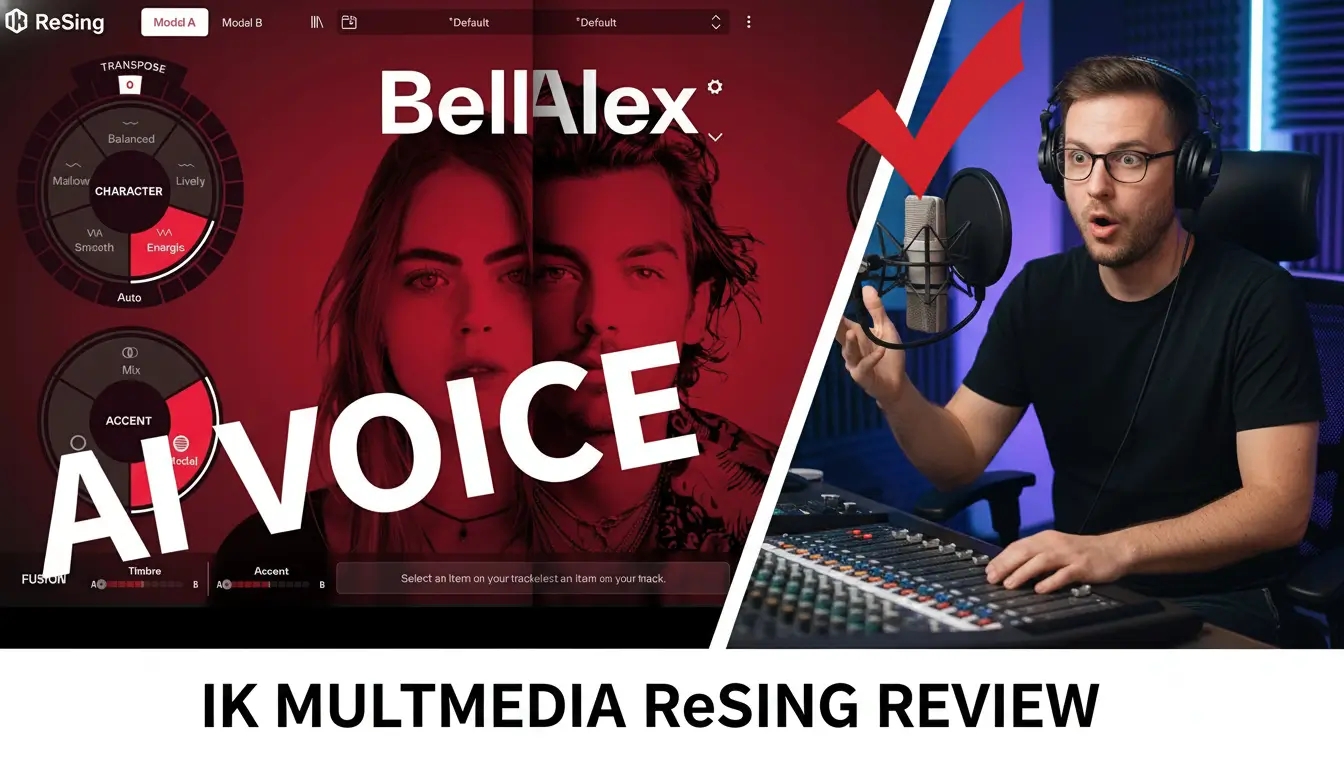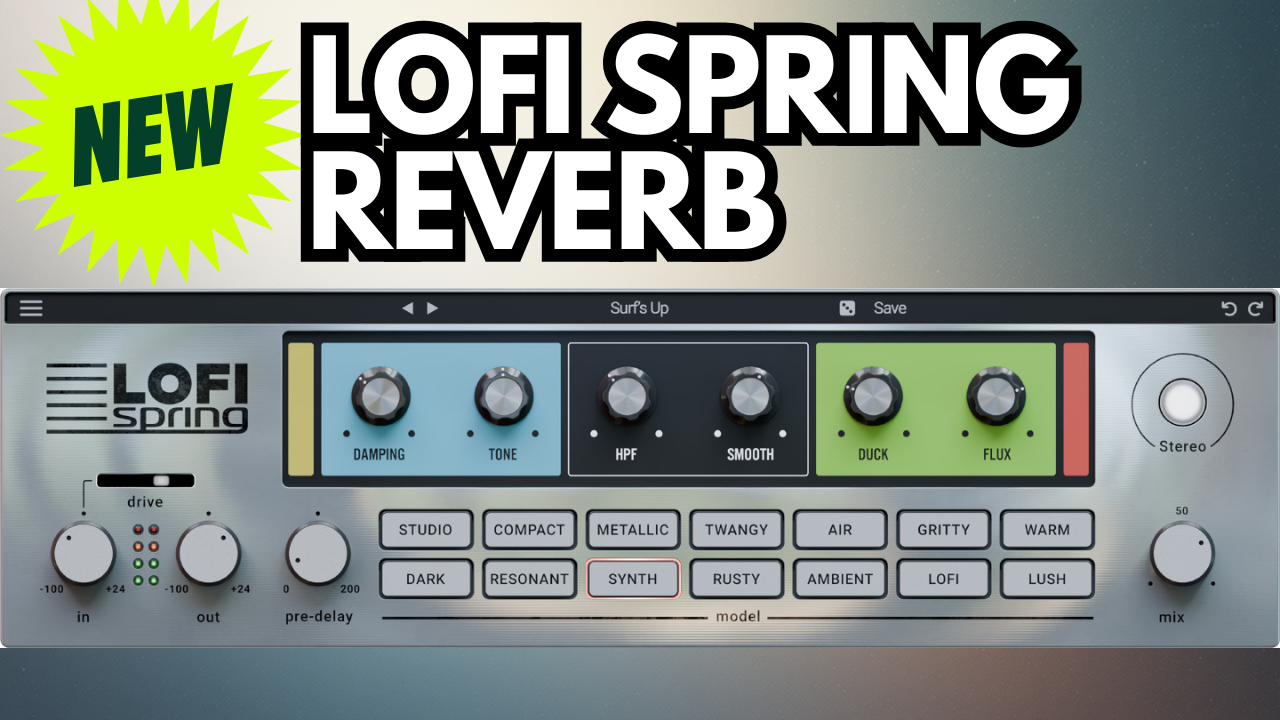Selecting a focused niche is the first big step. You can’t be everything to everyone, and that’s okay. The magic happens when you zero in on a specific community or interest group, the people who share your life’s passions and curiosity.
Let’s talk about knowing your audience. Demographics are your bread and butter here. Who are they? What problems are they facing? What are they hungry to read about? The more you know, the better you can serve them. Tailoring your content to meet their needs is key.
Content structure matters. Mix it up with a range of articles, listicles, and maybe some interviews. Keeping it dynamic is what will grab your audience’s attention and make them stick around.
Take a look at your competitors. They’re not your enemies, but rather a snapshot of the market. See what they’re doing well and where they might be dropping the ball. Identify the gaps and opportunities to make your blog stand out.
Related Post:
- Maximizing Your Earnings With Wealthy Affiliate: Tips You Will Love
- 8 Top Niche Blogging Tips You Will Love
Building High-Quality, Engaging Content

Crafting people-first content is at the heart of a successful niche blog. Your readers should feel like they’re having a conversation with a friend, not reading a textbook. This means writing in a way that’s relatable and easy to understand. Storytelling is huge here—real-life examples and personal experiences go a long way.
E-E-A-T principles are your best friend when it comes to establishing credibility. Experience and expertise shine through when you provide accurate, well-researched information. Make sure to back up your claims with solid evidence and real-world examples. Authoritativeness comes with time, but consistently providing valuable insights helps build that trust.
Don’t underestimate the power of multimedia. Images, videos, infographics, and even podcasts can make your content more engaging and digestible. Different people consume information in different ways, so offer a variety of mediums to cater to a broader audience.
Consistency is crucial. A content calendar can keep you on track and ensure you’re regularly updating your blog with fresh material. This not only keeps your audience engaged but also signals to search engines that your site is active and relevant. Plan your posts ahead and stick to your schedule as closely as possible.
Optimizing for Search Engines Without Sacrificing Quality

Balancing keyword usage with readable content is a tricky game, but it’s totally doable. You want to include relevant keywords, sure, but don’t cram them in. Your readers should feel like they’re having a natural conversation, not wading through a buzzword swamp.
Long-tail keywords are your best bet when honing in on your niche. These are specific phrases that your target audience is searching for. They might not bring in massive traffic, but the visitors they do attract are more likely to stick around and engage with your content.
Linking is another powerful tool in your SEO arsenal. Internal links (pointing to other posts on your site) can keep readers exploring your content longer, while external links (pointing to reputable sources) build credibility. Just make sure those external links are valuable and trustworthy.
Related Internal links:
SEO tools can be game-changers. Platforms like Google Analytics and SEMrush offer invaluable insights into what’s working and what’s not. Use these tools to track performance and make data-driven decisions. It’s all about refining your strategy based on what the numbers are telling you.
Exploring different types of ads can open up a lot of revenue streams for your blog. Pay-per-click (PPC) ads, display ads, and affiliate marketing each have their pros and cons. PPC ads pay you each time someone clicks on an ad on your site. Display ads, often run through networks like Google AdSense, pay based on the number of impressions they get. Affiliate marketing lets you earn commissions by promoting other people’s products.
Developing Products and Services to Sell

Aligning your products or services with your niche can unlock new revenue streams. The key is matching your offerings with what your audience actually wants or needs. Maybe it’s solving a common problem they face or enhancing their hobby or interest in some way.
Digital products are often a hit. Consider creating e-books that dive deep into a specific topic, or online courses that guide them through a process step-by-step. These not only leverage your expertise but also scale much more easily than physical goods.
Offering consultancy or personalized services can provide significant value. Whether it’s one-on-one coaching, strategy sessions, or project-based work, your specialized knowledge can be a great asset. Make sure you’re clear about what you offer and how it benefits the client.
Launching and promoting your products effectively requires a solid strategy. Utilize your existing audience by announcing your new offerings through your blog, social media, or email newsletter. Teasers and sneak peeks can also build excitement. Remember, a well-executed launch can make all the difference.
Pricing your offerings smartly is essential. Research the market and consider what your audience is willing to pay. You want to make sure your prices reflect the value you’re providing while staying competitive. Experimenting with different price points can also provide insights into what works best for your niche.
Building and Engaging Your Community

Nurturing a loyal reader base is key to your blog’s long-term success. Your audience isn’t just numbers; they’re people who have chosen to spend their time with you. Make them feel valued by responding to comments and engaging with them regularly. The more personal connection you can create, the more invested they’ll become.
Social media can be a powerful tool for interaction. Share your blog posts, start discussions, and engage in conversations. Platforms like Facebook, Twitter, and Instagram offer a more informal space to connect and build relationships. Don’t just broadcast—engage.
A newsletter keeps your audience in the loop. This direct line of communication allows you to share exclusive content, updates, and offers. It helps maintain regular contact and makes your readers feel like they’re part of an inner circle. Use engaging subject lines and keep the content valuable and relevant.
Webinars or live Q&A sessions can significantly boost engagement. These real-time interactions allow you to directly address your audience’s questions and concerns, building trust and fostering a sense of community. Plus, they provide a great opportunity to showcase your expertise.
Creating a sense of belonging can really make a difference. Exclusive content, special offers, and insider updates can make your audience feel special. Building forums or online groups where readers can interact with each other can also strengthen community bonds.
Analyzing Performance and Adapting Your Strategies

Analytics tools are your go-to for tracking how well your blog is doing. Google Analytics, for instance, can give you insights into what pages are getting the most hits, how long visitors are staying, and where they’re coming from. Understanding these metrics helps you see what’s resonating with your audience and what needs tweaking.
Interpreting data is where the magic happens. Patterns in your analytics can reveal what’s working and what’s not. Maybe a particular type of post is getting more engagement, or perhaps certain topics aren’t hitting the mark. Use this info to pivot or double-down on your content strategy.
Reader feedback is gold. Comments, emails, and social media interactions can provide invaluable insights. Listen to your audience—they’re often the best source of ideas for new content or improvements. Running occasional surveys can also give you a clearer picture of their preferences and needs.
Adapting strategies based on trends is crucial. The digital landscape is always evolving, and staying flexible allows you to keep up. Whether it’s a new social media platform, a shift in consumer behavior, or an emerging topic in your niche, being willing to experiment can keep your blog relevant and engaging.
Continuous improvement should be your mantra. A/B testing different headlines, layouts, or calls to action can show you what works best. Small tweaks and adjustments, guided by data and feedback, help refine your approach. Remember, blogging is a marathon, not a sprint.





Leave a Reply